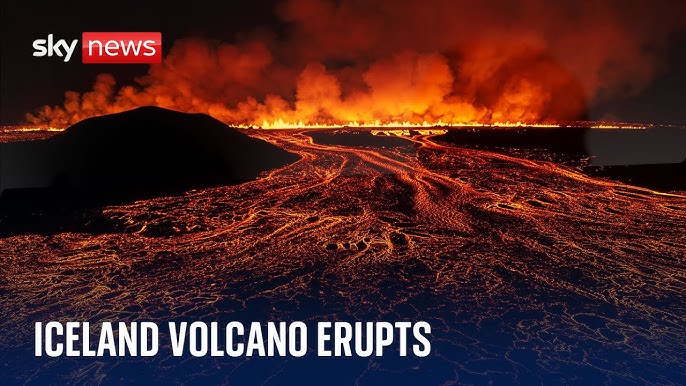Iceland, often referred to as the “Land of Fire and Ice,” is renowned for its stunning landscapes shaped by volcanic activity. With numerous active volcanoes, the country is a hotspot for geological research and a fascinating destination for travelers eager to witness nature’s power. This article explores the unique characteristics of Iceland’s volcanoes, their impact on the environment, and the ongoing research surrounding these natural wonders.
The Volcanic Geography of Iceland
Iceland sits atop the Mid-Atlantic Ridge, where the North American and Eurasian tectonic plates meet. This geological setting makes it one of the most volcanically active regions in the world. The country boasts around 130 volcanic mountains, with approximately 30 of them having erupted in the last century.
Notable Volcanoes
Eyjafjallajökull: Perhaps the most famous Icelandic volcano, Eyjafjallajökull erupted in 2010, causing widespread disruption to air travel across Europe. The eruption produced a massive ash cloud that affected flights for weeks, highlighting the far-reaching impact of volcanic activity.
Katla: Located beneath the Mýrdalsjökull glacier, Katla is one of Iceland’s most powerful volcanoes. It has a history of significant eruptions, the most recent of which occurred in 1918. Scientists closely monitor Katla due to its potential for future eruptions.
Hekla: Often referred to as Iceland’s “Gateway to Hell,” Hekla is one of the country’s most active volcanoes. It has erupted approximately 20 times since the settlement of Iceland in the 9th century, with the last eruption occurring in 2000.
Fagradalsfjall: A more recent addition to Iceland’s volcanic landscape, Fagradalsfjall erupted in 2021, drawing attention for its spectacular lava flows and accessibility. This eruption provided a unique opportunity for scientists and visitors to observe volcanic activity up close.
The Impact of Volcanic Activity
Environmental Effects
Volcanic eruptions in Iceland contribute to the formation of unique landscapes, including lava fields, craters, and geothermal areas. The ash and lava enrich the soil, promoting diverse ecosystems. However, eruptions can also pose risks, such as ashfall, lava flows, and glacial flooding (jökulhlaup), which can affect nearby communities.
Climate Influence
Volcanic eruptions can influence climate patterns. The release of ash and gases into the atmosphere can lead to temporary cooling effects, as was observed after the Eyjafjallajökull eruption. Understanding these impacts is crucial for climate scientists studying the relationship between volcanic activity and global temperatures.
Monitoring and Research
Given Iceland’s volcanic activity, extensive monitoring programs are in place to assess volcanic hazards. The Icelandic Meteorological Office (IMO) and the University of Iceland conduct research and monitoring activities, utilizing seismic sensors, GPS technology, and satellite imagery to predict eruptions and assess potential risks.
Community Preparedness
Local communities are educated about volcanic risks and prepared for emergency responses. Evacuation plans and early warning systems are essential for minimizing the impact of eruptions on residents and travelers.
Conclusion
Iceland’s volcanoes are not only a testament to the Earth’s geological processes but also a vital part of the country’s identity and culture. The interplay between fire and ice creates breathtaking landscapes and offers valuable insights into the planet’s dynamic nature. As scientists continue to study these natural phenomena, the knowledge gained will help mitigate risks and enhance our understanding of volcanic activity worldwide. Whether through awe-inspiring eruptions or serene geothermal springs, Iceland’s volcanic legacy continues to captivate and educate all who encounter it.

